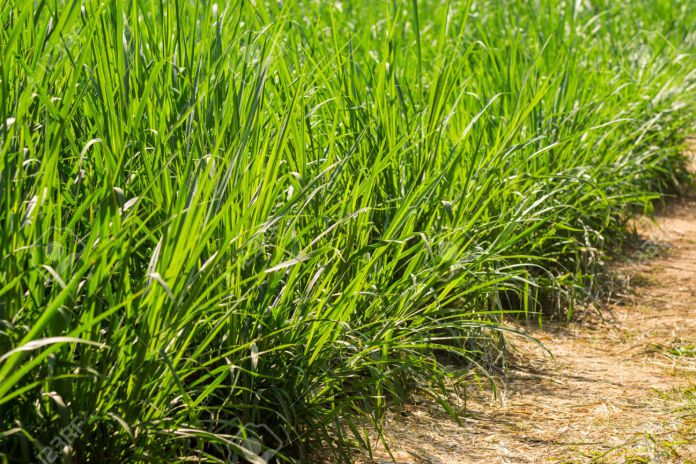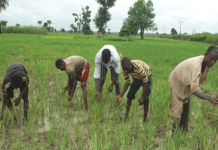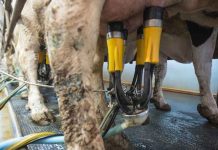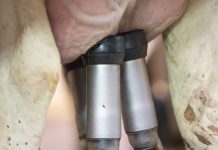apier grass is a fodder grass that produces a lot of high-protein forage. It is also known as “elephant grass”, “Sudan grass” or “king grass”. Its scientific name is Pennisetum purpureum.
Napier grass is best suited to high rainfall areas, but it is drought-tolerant and can also grow well in drier areas. It does not grow well in waterlogged areas. It can be grown along with fodder trees along field boundaries or along contour lines or terrace risers to help control erosion.
The advantage of Napier grass is that it propagates easily. It has a soft stem that is easy to cut. It has deep roots, so is fairly drought-resistant. The tender, young leaves and stems are very palatable for livestock and grows very fast. In addition,it can be inter-cropped with crops such as legumes and fodder trees, or as a pure stand. The disadvantage is that it is an aggressive plant that spreads through rhizomes under the ground. If it is not controlled, it can invade crop fields and become a weed.
Planting
Plant them angled into the ground at about 30 degrees, so two of the nodes are buried in the soil and one is above the ground. Plant more rows with a spacing of about 90 cm (3 feet) between the rows. If you planting “slips” or “splits”, you do not have to wait a long time for the grass to grow before you can multiply it.
Seedlings from the slips become established more quickly than those grown from cuttings. Cut Napier grass stems at ground level to remove all the green material. Dig up the clump of roots and shoots growing under the ground.
Separate each seedling from the clump. Each seedling must have both roots and a shoot. Trim the roots to about 5 cm (2 inches) long. Plant the seedlings in small holes or a furrow. Cover the roots with soil, but leave the shoots open to the air.
Planting whole stems is useful during the heavy rains, and in hilly areas where you need the grass to sprout quickly to cover the ground. Plant them along the contour to control erosion. Cut whole young stems of Napier grass, about 2 m (6 feet) long. Put the stems end-to-end in a furrow, and cover them with soil. Water immediately.
With the above planting process, the harvest will prove successful and you will be satisfied as a farmer.





